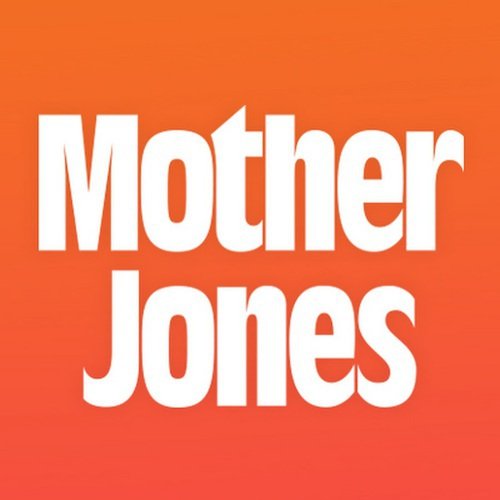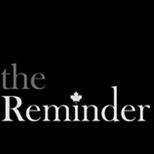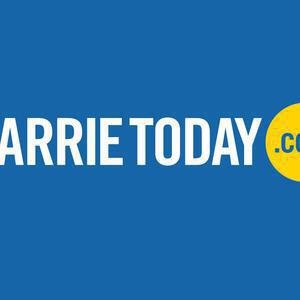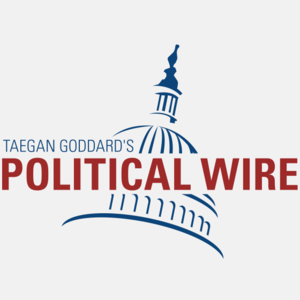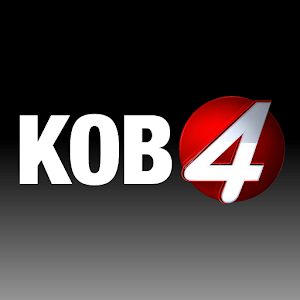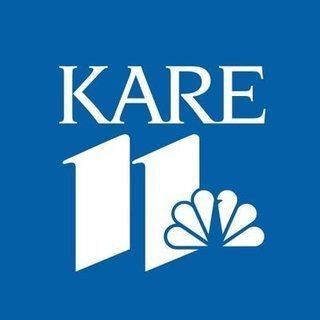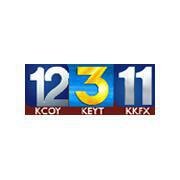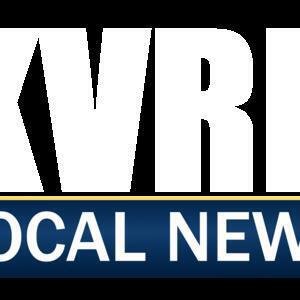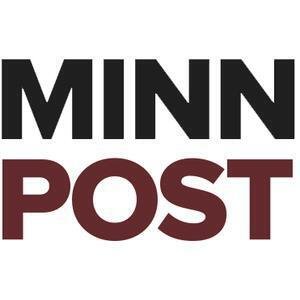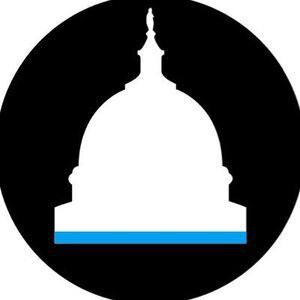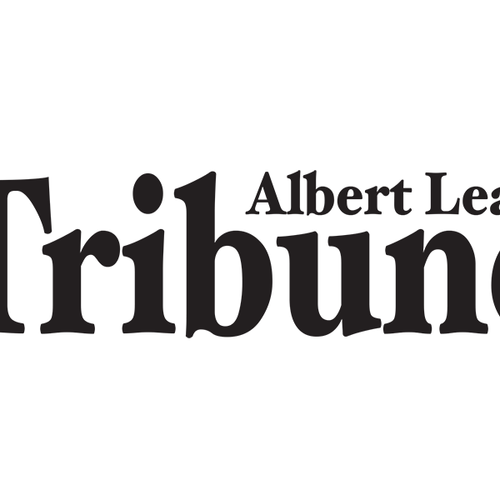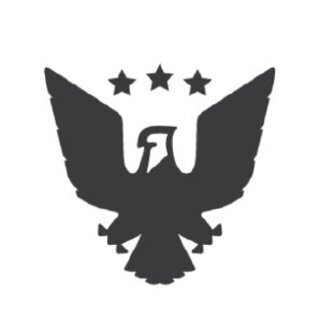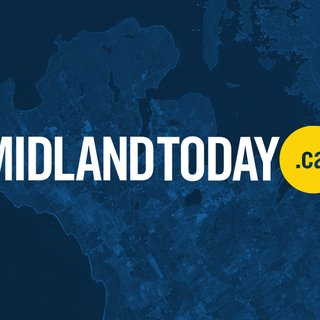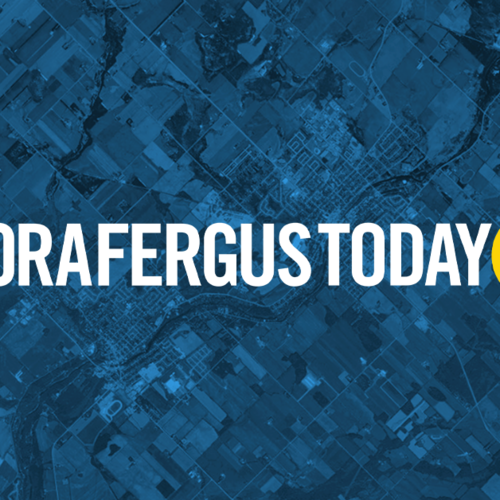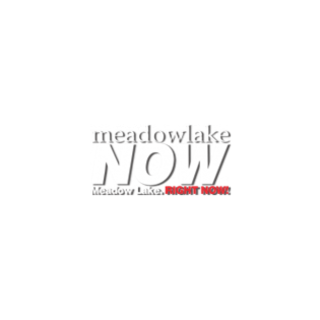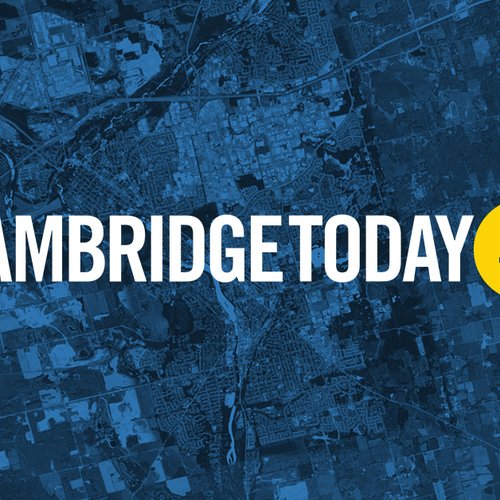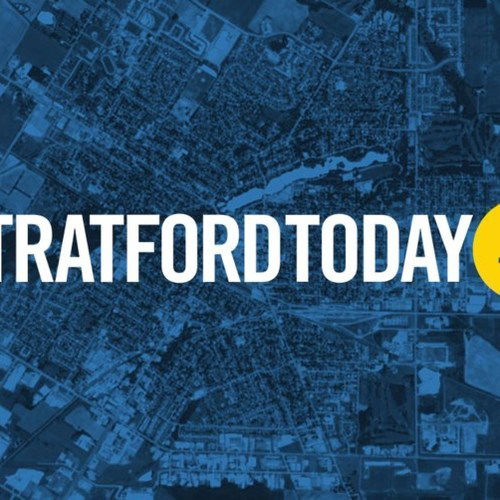Who controls the Minnesota state House? The answer might depend on who you ask.
After an Election Day where Democrats and Republicans tied with 67 seats apiece, a subsequent vacancy put Republicans ahead, 67-66, when the legislature started Monday, Jan. 13.
Now, Democrats have left the Capitol, hoping to force Republicans to abide by a power-sharing agreement the two sides agreed upon until a special election in two weeks likely restores the tie.
In the absence of 66 Democrats, Republicans voted in a speaker, which would give them power to set the House’s agenda and decide who runs House committees.
However, it’s unclear whether the vote was legal. Republicans said that with one vacancy, their 67 members reached the required quorum of the majority. But Minnesota’s Democratic secretary of state said the vote was illegal.
Republicans, in response, said that House Democrats’ decision to swear in their members off Capitol grounds during a private ceremony was also illegal.
However, two issues remain with the seats: Democratic State Rep.-elect Curtis Johnson gave up the seat he won after a court ruled that he didn’t meet the residency requirement to represent his district. A special election to fill the seat will take place on Jan. 28, and Democrats hold a strong advantage in the district.
Republicans, meanwhile, have considered blocking re-elected State Rep. Brad Tabke, a Democrat, from taking his seat. He won by 14 votes. With the race going to a hotly contested recount, Republicans have considered forcing a special election.
Minnesota Republicans say state law would allow them to launch petitions to recall the Democratic legislators.
This isn’t the first time state legislators have fled to try and block the opposing party from wielding power. Oregon Republicans and Texas Democrats have used the tactic in recent years.


